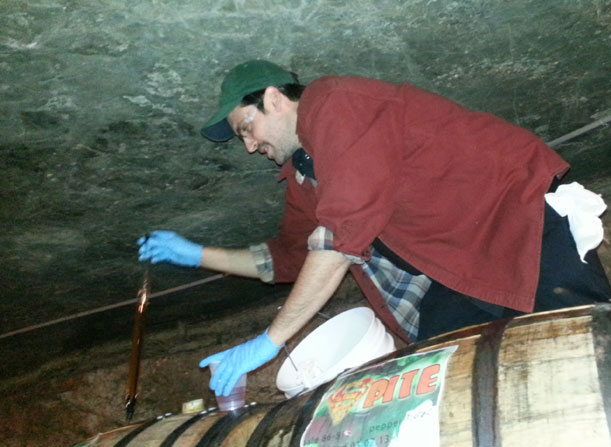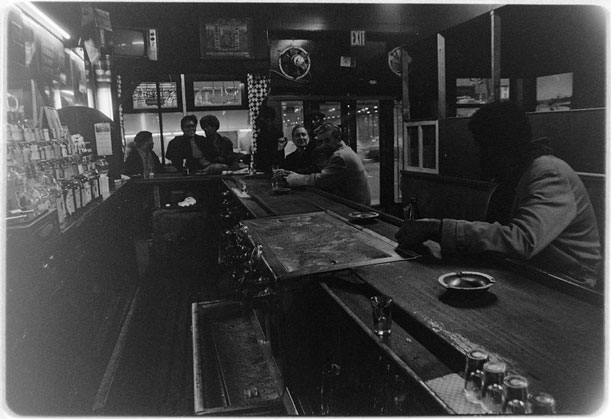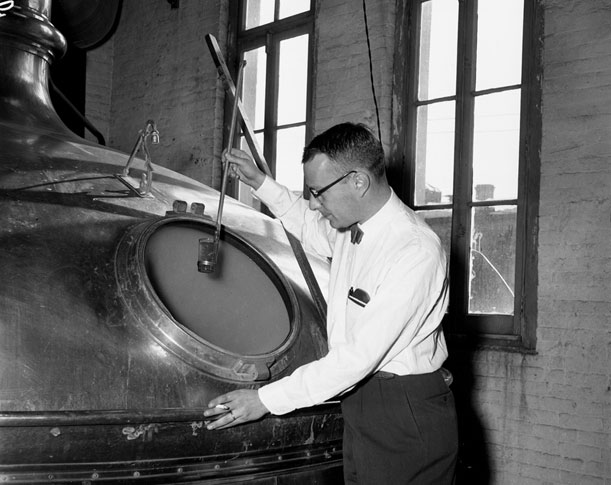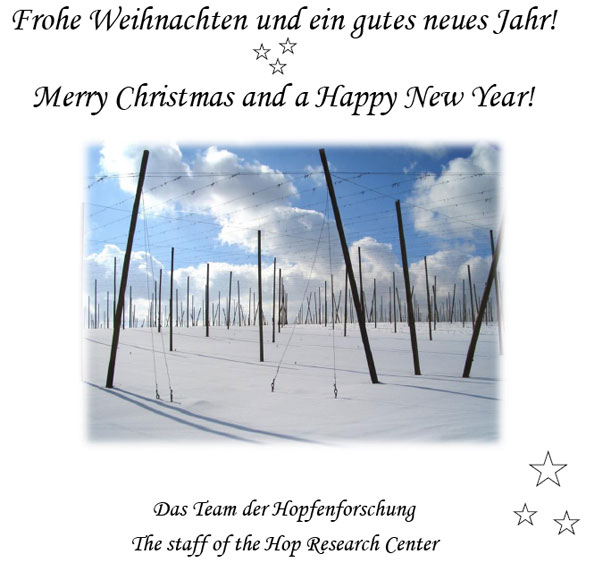MONDAY BEER LINKS, MUSING 12.22.14
Random fact not worth a blog post (and that felt too irrelevant to tweet): A comment attempt that ended up in the spam folder (bless Akismet) last week was 33,501 words long. Should have saved it for 28 February.
5 Reasons NOT to Become a Hop Farmer in 2015.
@47Hops has tweeted this link relentlessly and several other tweeters have picked up on it. In the comments (where there’s some excellent reading) blog author Douglas MacKinnon says that on Facebook he received “negative comments about this article saying I’m a greedy dealer trying to keep the market to myself” and based on the tone alone you can see why. It portrays the hundreds of farmers in the country newly interested in growing hops in a rather singular way. I have not been shy here or on Twitter or on Facebook about suggesting people giving hops a whirl should know what they are up against. But many of them do have a clue. Recently and in the coming months there have been or will be educational conferences about everything releated to growing hops in several different states east of the Mississippi. Maybe as important, I remember that less than 40 years ago it was idiotic to start a new, obviously small, brewery. [Via 47 Hops]
Are You Ready for Lifestyle Beer?
All’s Fair.
– Jeff Alworth writes “The rise of lifestyle brewing — less a new thing than the end state of a very old trend — is yet the latest development in that constant tension between hype and authenticity.”
– Dave Bailey writes “at a time when there seems to be many people claiming that we should all shout universally that all beer is good, it seems to me that at least one brewery is ready to fight gloves off. I for one welcome this.”
[Via All About Beer and HardKnott Dave’s]
Why J D Wetherspoon’s is fast becoming my favourite craft beer bar.
“I never thought I’d see the day.” [Via Pete Brown]
Heineken’s Charlene de Carvalho: A self-made heiress.
The mysterious banker behind the world’s best-known beer.
What happens when you are 47 years old and inherit the Heineken fortune and control of a brewing empire that you had almost nothing to do with up until your father died? (The article includes the story about when Freddy Heineken was kidnapped. He said he captors tortured him. “They made me drink Carlsberg.” [Via Fortune ]
Baderbrau rebirth culminates with South Loop brewery.
So what’s next, somebody opens a brewery called Cartwright Brewing in Oregon? How about a Newman Brewing in New York? Nostalgia for failed startups of the 1980s feels a bit strange. [Via Chicago Tribune]
Lo Hai Qu on Wine Magazines.
Per usual, the HoseMaster takes no prisoners. Would I find somebody skewering beer magazines as amusing (given that I work for several of them)? Would you? Because “when it comes down to it, wine magazines are just like the men that read them—fun for a night, but then easily disposable.” [Via HoseMaster of Wine]



 Skip to the end for the dire warning: “If the consolidation trend continues to absorb more and more of the world’s brewing market, we could see the same product sold under different brand names in an attempt to give consumers the illusion of choice.” Obviously not happening in our small world. But the real reason I’m pointing to this is it uses a
Skip to the end for the dire warning: “If the consolidation trend continues to absorb more and more of the world’s brewing market, we could see the same product sold under different brand names in an attempt to give consumers the illusion of choice.” Obviously not happening in our small world. But the real reason I’m pointing to this is it uses a 